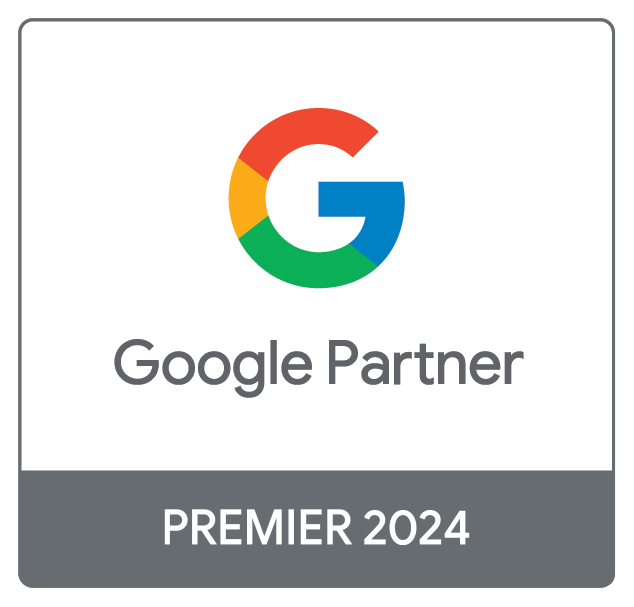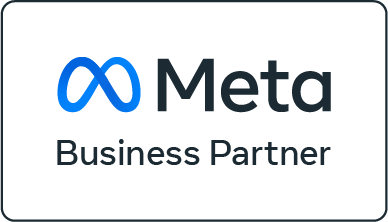
Part 2. Reaching your target audience
In part one of this fantastic article (read it here) we learnt how to identify our target audience and create detailed personas, so we don’t need to cover that again. What we now want to look at, now we have a clear indication of who we want to target, is how do we attract them to our business.
5. Know your audience and where they are
We need to look into the characteristics that our new, detailed personas share. What type of people/businesses are they? What are their buying behaviours? Where are they and how do we get their attention?
If we’re selling bright pink, cheap make-up, we’re not going to set-up LinkedIn ads… we should head to Facebook. If we’re selling luxury Rolls Royces, we’re not going to put ads on Gumtree. We need to understand the types of users on all marketing channels and then match those user types to our personas. All of our digital advertising options enable us to display our ads based on our personas, with varying degrees of deliverability… come on LinkedIn, get better! These demographics or geographics should be tailored, tested and measured on a consistent basis, meaning we have the ability to up-scale our efforts and reach new audiences at a moments notice. Either by increasing our budget on one channel or by using what we’ve learned to set-up on a new one.
4. Analyse how your content is used
I assume you’ve been creating content and promoting it through your website, Social Media channels and emails, for example. If not, some of our previous blogs can help:
How to create and execute website content strategy or 14 tips for SEO content writing
With our content strategy in place, we must measure the performance and how people react to it. Are you getting shares and likes on Social Media? Are people taking the actions/next steps that you’d like them to i.e. filling in a contact us form, call our team or simply going to another page within your site? Are people spending enough time on the page to fully read it, or are they leaving after a few seconds? If they have left after just a few seconds, it suggests they didn’t get what they’d hoped for in coming to your page. Meaning your content didn’t deliver the answer/solution that your visitor wanted, which would be an opportunity lost and you will not be viewed in a very positive light in future.
When we understand the performance of our content and who it is resonating with, we can tailor our future content towards them. Our goal is to be seen as an authority in our sector and be a trusted figure in our target audiences’ eyes. The result will be that, when they are looking for someone to help with their problems, they’ll think of you and get in-touch.
3. Personalisation
 Personalisation is a hugely important part of our marketing strategies nowadays and will continue to become more and more important. People are highly demanding with what they will accept in terms of advertising i.e. they expect the adverts they see or the content they are presented with to be specific to not only their demographic or business sector, but their problems/desires too. For example, there’s no point in showing an advert for designer stilettoes to a 40yr old man, unless you have reason to think he may buy them. Or someone running a B2B pharmaceuticals company won’t be interested in content about how to sell trainers to an international market.
Personalisation is a hugely important part of our marketing strategies nowadays and will continue to become more and more important. People are highly demanding with what they will accept in terms of advertising i.e. they expect the adverts they see or the content they are presented with to be specific to not only their demographic or business sector, but their problems/desires too. For example, there’s no point in showing an advert for designer stilettoes to a 40yr old man, unless you have reason to think he may buy them. Or someone running a B2B pharmaceuticals company won’t be interested in content about how to sell trainers to an international market.
This is a fantastic opportunity for us as we’ve already segmented our database and we can send relevant content to each segment. This includes the type of content, social proof i.e. relevant case studies/reviews/testimonials, special offers, the subject line of an email or the targeting of PPC campaigns. We will see a much better response from our marketing efforts meaning we will get a much stronger ROI.
2. Remarketing
Now that we’ve gone to all of the trouble of identifying a potential customer/client and have managed to get their attention by either getting them onto our website, or engaging with us on Social Media, we now need to remind them about us, our products/services, ensure they don’t forget about us and go to one of our competitors.
Remarketing will have a great impact on the ROI generated from your marketing budget as the cost is relatively low and the person you’re displaying your ad to is, in the majority of cases, confirmed as a potential customer/client and has a higher probability of conversion. We can set-up different tags on different pages meaning we can tailor/personalise our remarketing to the interests of our audience i.e. offer a voucher or free delivery to someone who dropped-out at the checkout or offer a limited time offer for people who’ve downloaded content around a specific service. It’s also a good idea to increase your maximum bid for these types of visitors too.
We don’t want to be too pushy so ensure you use frequency and/or duration capping so as not to overload your potential customer. And for B2B sellers, we don’t want the hard sell, so educate your prospect about your company, the great stuff that you do and why they should use your services.
1. Measure, test, compare… and don’t be afraid to change.
The great thing about our world of digital marketing is that we can be extremely responsive. We can quickly see results coming through, quickly measure response rates and we can make instant changes to campaigns that are performing well, as well as those that are not. We must set our objectives and benchmarks which will enable us to measure our results against the desired ROI.
Find more information on how to measure your digital campaigns.
If you’d like our help with your marketing challenges, get in-touch and one of our team members will be happy to help.








